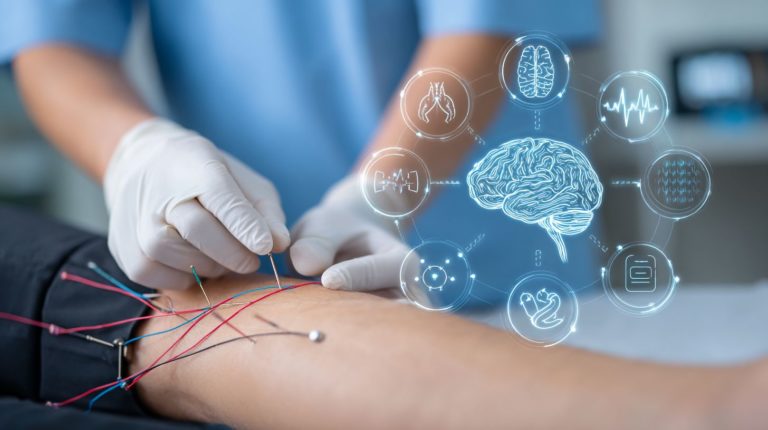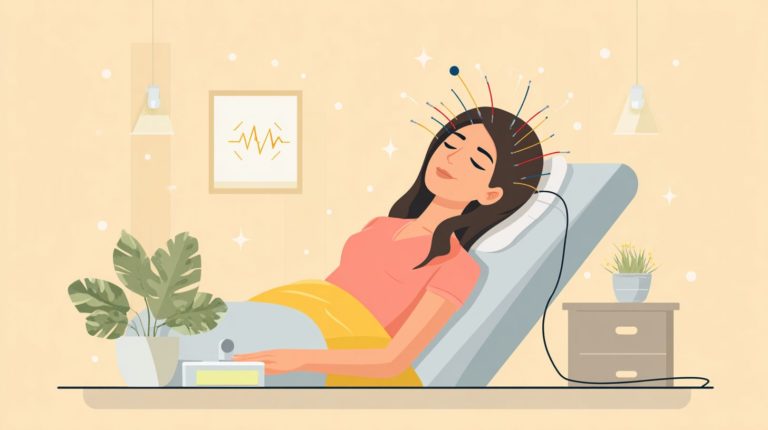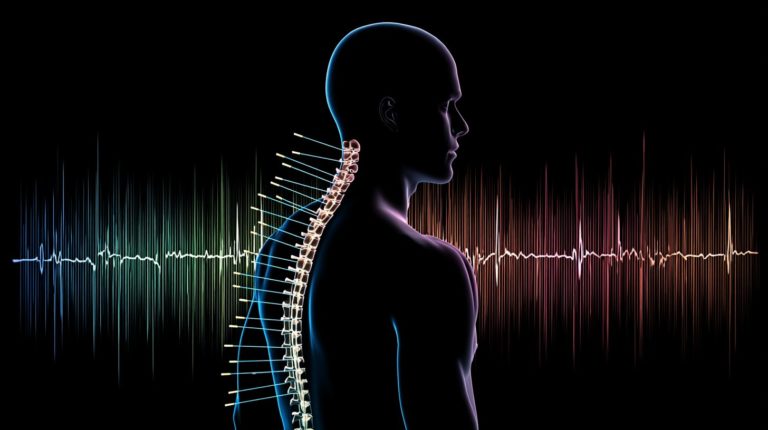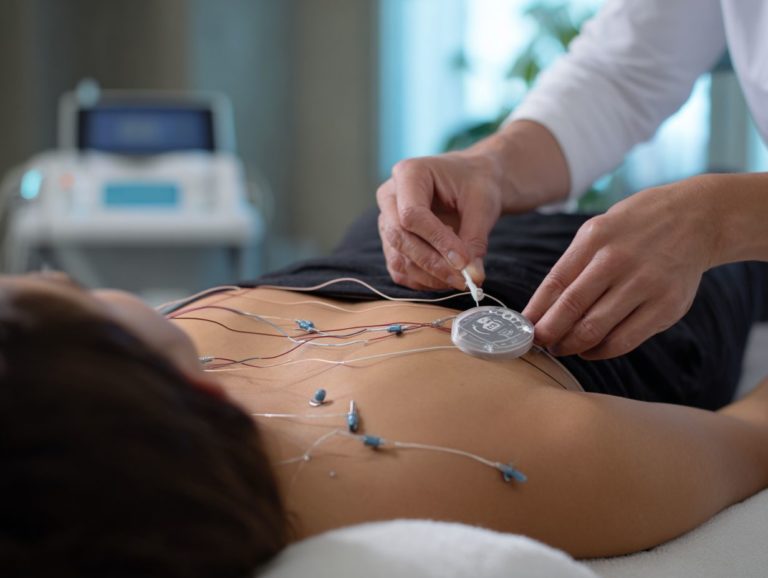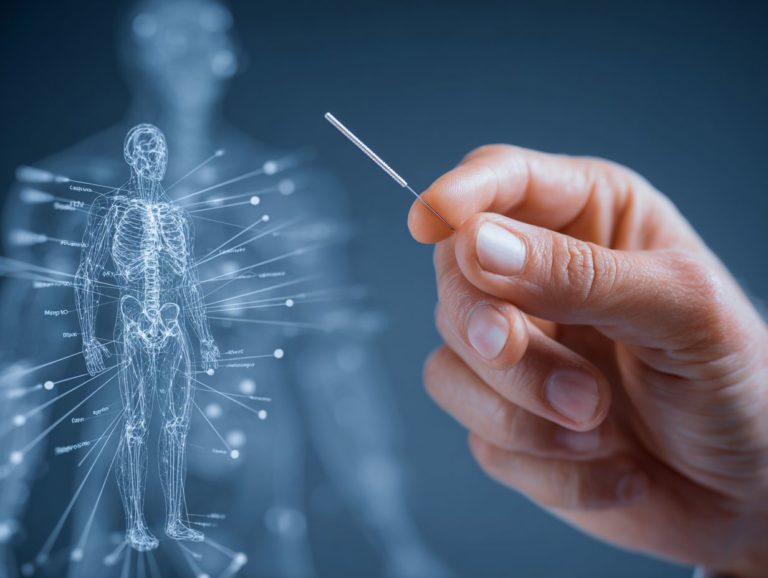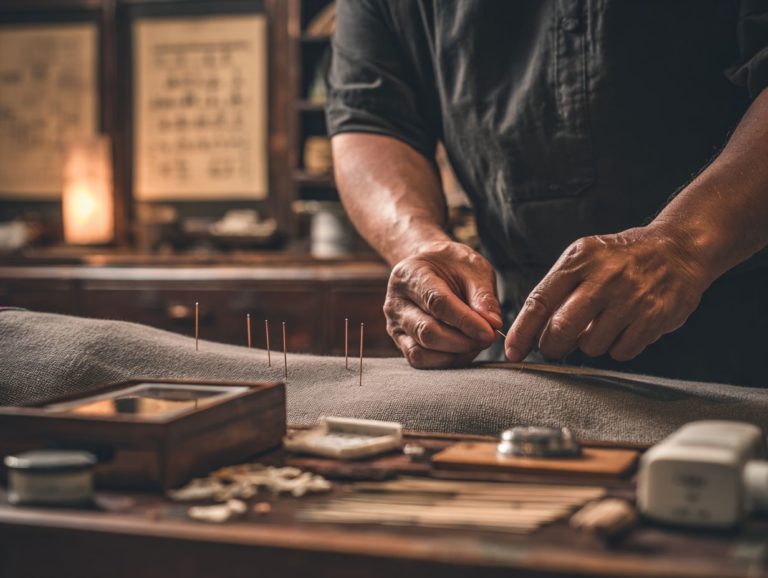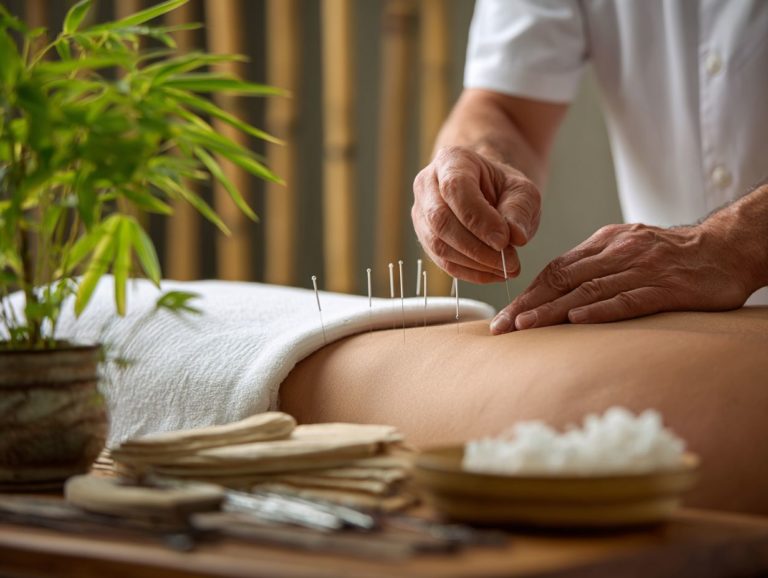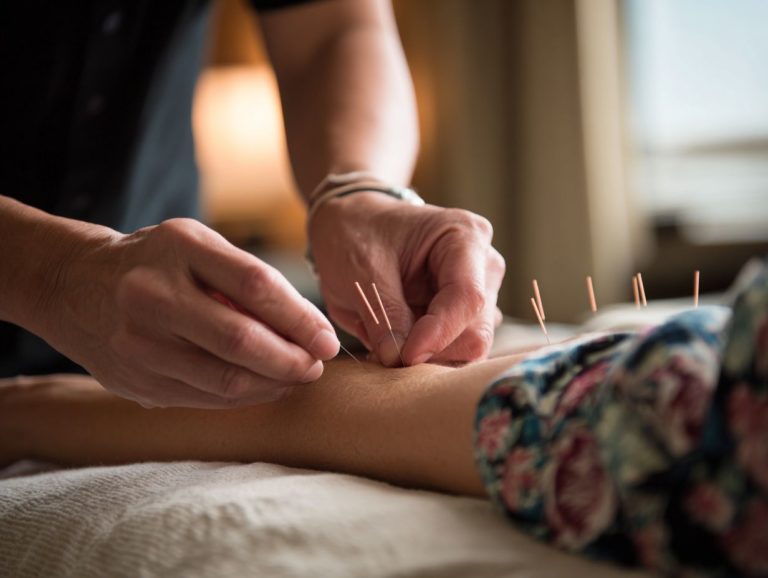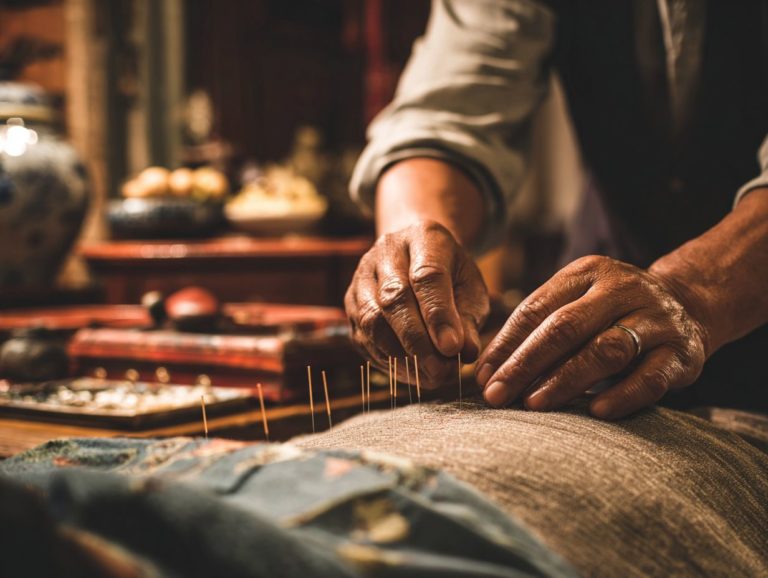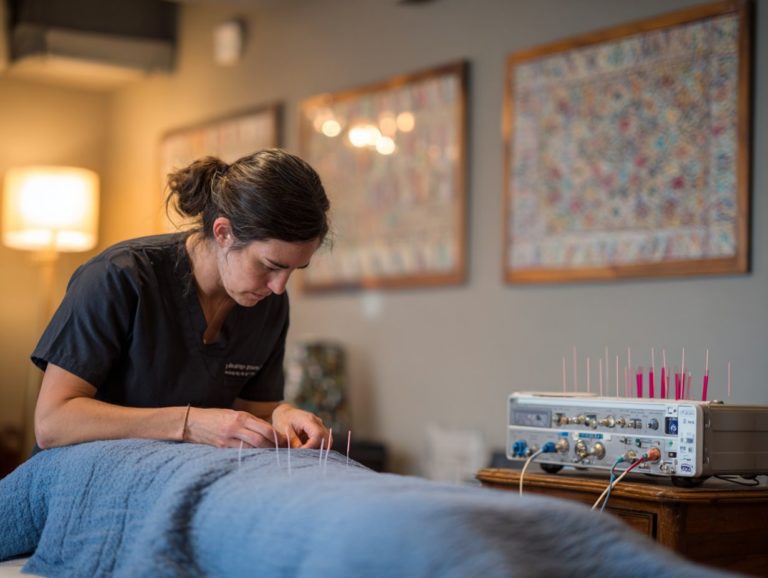Using Skin Patch Electrodes in Electroacupuncture
Struggling with chronic knee osteoarthritis pain? Electroacupuncture using skin patch electrodes offers a game-changing, non-invasive alternative to traditional methods. Drawing from transcutaneous electrical nerve stimulation (TENS) principles, this approach targets acupoints for effective pain management. Find the useful benefits, steps to apply them, and research-supported facts to improve comfort and access in your therapy routine….


